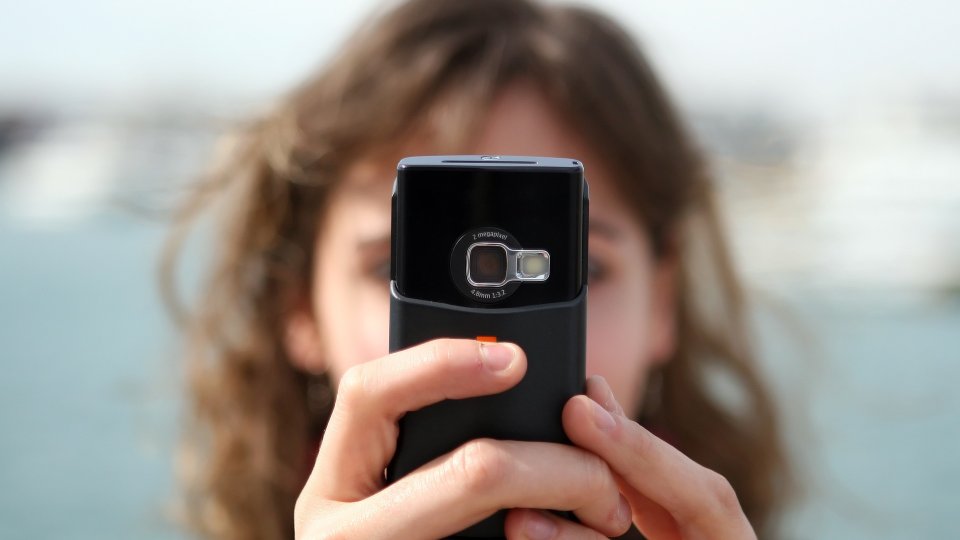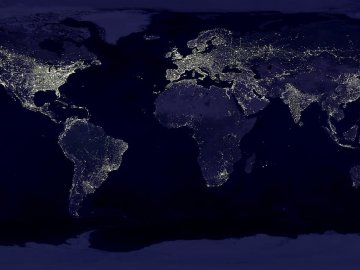Instagram has gone live with new AI technology which helps to confirm the age of users in the UK to increase safety online for young people.
Having started testing the new system six months ago, the social media giant said the move was to ensure that users enjoy an age-appropriate experience and to limit potential harmful or inappropriate online content, particularly for young users. Instagram has a 13 year old age restriction.
As from this week, anyone who tries to edit their date of birth on Instagram from under 18 to over 18, will have to verify their age by either uploading their ID or recoding a video selfie. This selfie image will be analysed by independent age estimation technology.
UK based tech company Yoti, which specialises in AI identification tools, developed the new age verification tool in partnership with Instagram, after developing a similar process for the Yubo app.
Facial Features Analysis
The two companies have highlighted that the new identification tool is not facial recognition software which would allow for a person to be identified. After a selfie is shared with Yoti, its technology analyses the facial features and shares an age estimation with Instagram.
In a recent report, the Yoti Age Estimation White Paper, the company said the technology can estimate a person’s age through facial features, with a 99.65% accuracy for 13 -17 years olds as being under 23 years of age, and a 98.91% correct estimation of 6 – 11 year olds as being under 13 years of age.
It further highlighted that these are the two age ranges are the most focused upon by regulators “in order to ensure that under 18s do not have access to restricted goods and services”.
The report stated: “Yoti’s facial age estimation is built in accordance with the ‘privacy by design’ principle in the UK GDPR. No individual can be identified by the model and it encourages data minimisation because it only needs a facial image. Yoti immediately deletes all images of users. The model cannot infer anything else about a person nor can it uniquely identify a person.”
Addressing Age Inappropriate Content
Report Harmful Content (RHC) Manager, Kathryn Tremlett welcomed the new technology, but said more work still needs to be done around age verification to ensure online safety for young people.
She said: “We welcome any steps industry take to protect the safety of those using their services and think this is positive step towards protecting younger people from harmful content online. However, age estimation is just that, an estimation of someone’s age and not a verification of it meaning that there is still room for error which, in our experience, can and will be exploited.
“Furthermore, rolling out the feature only to those who are changing their age from under to over 18 misses a large user base who are currently vulnerable. There’s clearly more work to be done here, but it’s encouraging to see a large industry platform take steps to start addressing issues with age inappropriate content on their platform and I look forward to seeing other platforms follow in their steps.”
A Challenge Across Industry
Instagram’s public policy director, Tara Hopkins, said “We want everyone to experience Instagram in a way that’s appropriate for their age, which means we need to know how old they are – and this is a challenge across our industry.
“This work complements our ongoing efforts to improve our age detection technology and to develop new ways to give teens the safest and most meaningful experience possible on Instagram.”
Yoti’s chief policy and regulatory officer, Julie Dawson said : “Proving age online is a complex industry-wide challenge.
“Our facial age estimation is a privacy-preserving solution. We built it to give everyone a secure way to prove their age without sharing their name or an ID document.
“The technology can allow minors to access content which is appropriate for their age, whilst protecting the privacy of users.''
The new age verification tool follows on the heels of Instagram’s introduction in September of sensitive control settings, which controls how much sensitive content a user can see from people they do not follow which was also a step towards better online safety for young people.
For more on Instagram privacy settings, see the Instagram Checklist here.






